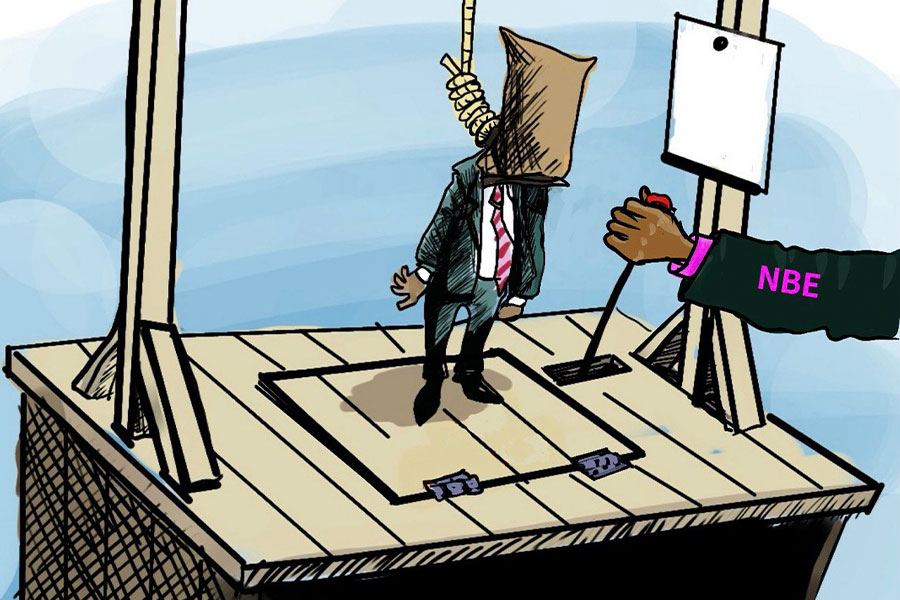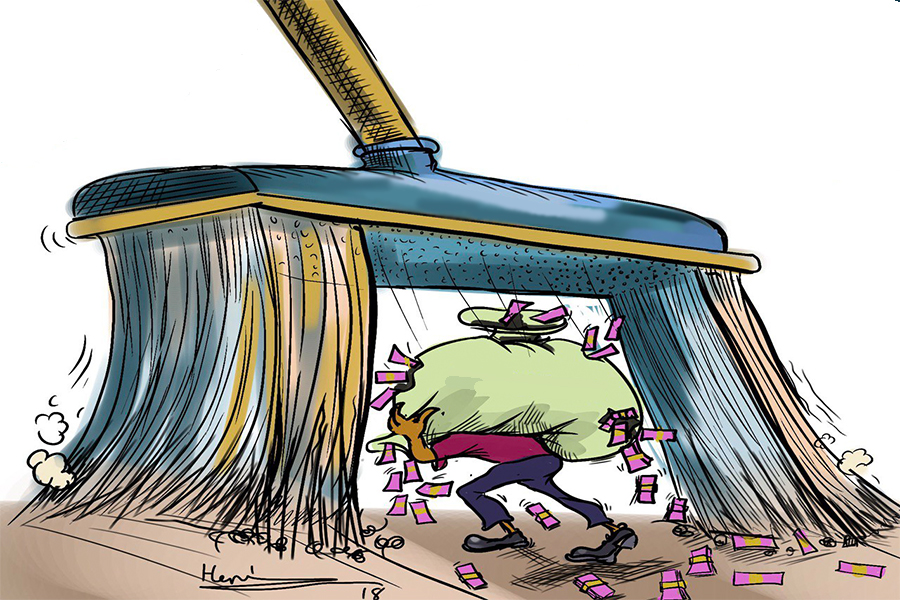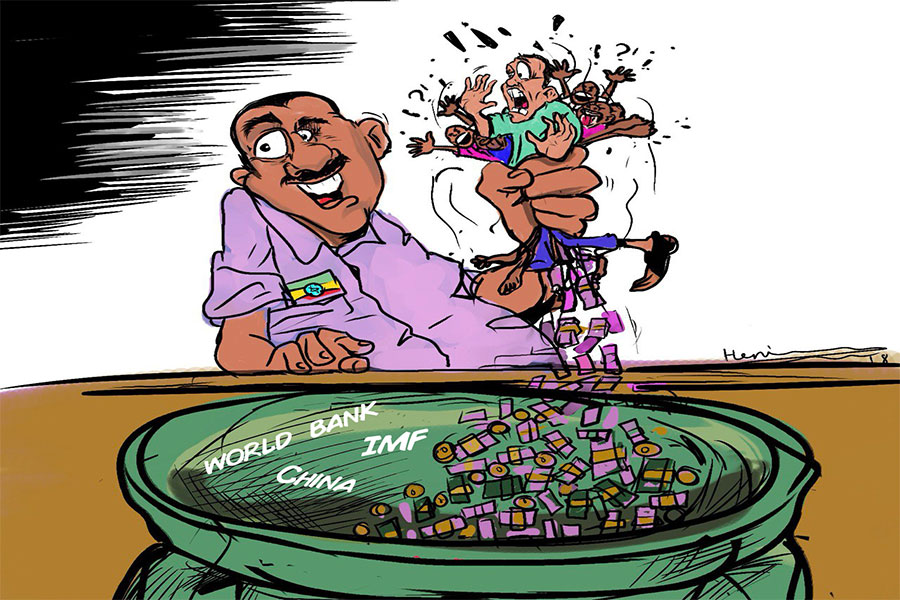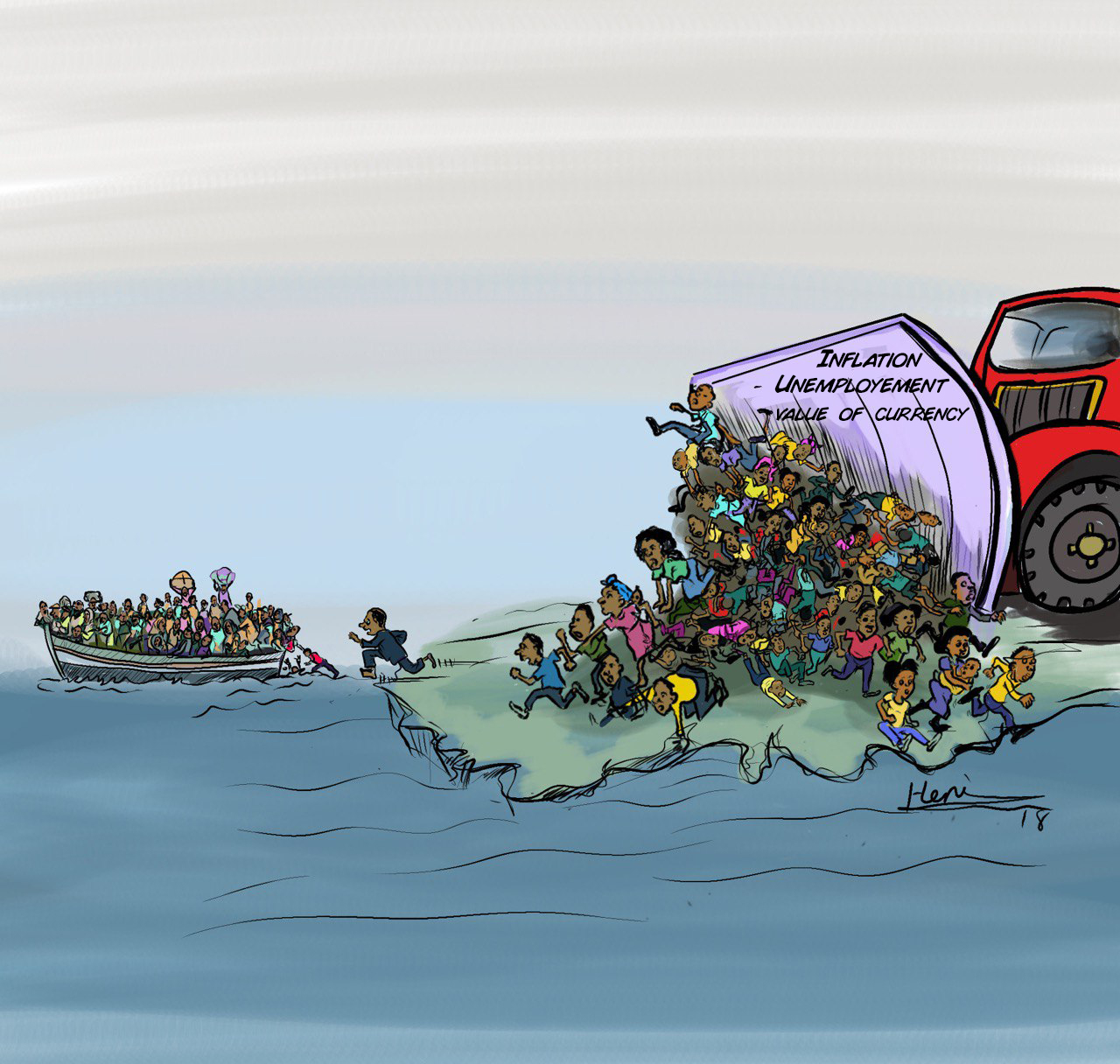Ethiopian cotton producers are struggling to sell their goods as Value-Added Tax (VAT) hikes prices and local demand plummets. To survive, many are now exploring foreign markets.
Local producers also face stiff competition from cheaper imports. While Ethiopian cotton sells for 185 Br per kg before VAT and 212.75 Br with VAT, textile manufacturers are pushing for a price drop to 160 Br per kg.
However, imported cotton is being sold for 210 Br per kg, making it a more attractive option for buyers.
The Ethiopian Cotton Association (ECA) says that it is supporting local producers to export their commodity and integrate them into global trade. As a result, a total of 300 tonnes of cotton has already been exported, with another 300 tons set to follow.
Tsegaye Abebe, executive director at the Association, says VAT exemptions once helped sustain the sector, but recent policy changes have removed these benefits, making trade difficult.
"The market is cold as ice," he said.
Tsegaye warns that the 15pc price increase from VAT has made it nearly impossible to sell cotton, as textile manufacturers cannot absorb the additional cost.
He says cotton production is shrinking annually, with the entire value chain disrupted.
"If the situation continues, we may have to import cotton instead," he said. "Farmers will be forced to switch to other crops."
Cotton prices have soared from last year’s 130–140 Br per kg to 185 Br before VAT and 212.75 Br after VAT. Producers say rising production costs, labour shortages, and higher fuel prices are making it harder to stay profitable.
Cotton growers are struggling with soaring expenses. Land preparation costs jumped from 800 Br to 2,000 Br per hectare, with unused land preparation skyrocketing to 28,000 Br per hectare, and irrigation costs surged due to fuel price hikes, with pump operation expenses rising from 10,000 Br to 25,000 Br per hectare.
Machinery prices also sharply increased, tractors now cost 11 million Br, up from 3.8 million Br, while a single tractor tyre has risen from 80,000–100,000 Br to 280,000 Br.
Farmers also say pesticide sprayers more than tripled in price, from 12,000 Br to 42,000 Br, ginning costs increased from 3–5 Br per kg to over 8 Br per kg, and transport costs ballooned, the 300-km trip from Gewane to Adama went from 280–300 Br per quintal to 555–625 Br per quintal.
These skyrocketing expenses have left producers struggling, with large amounts of unsold cotton sitting in storage.
The Association, which represents over 65 companies, has formally requested the Ministries of Industry, Finance, and Agriculture to exempt cotton production and sales from VAT.
The Association argues that smallholder farmers, who operate on thin margins, cannot absorb the extra tax. VAT makes local cotton less competitive, increasing costs for domestic textile manufacturers and international buyers. Countries like India, Pakistan, and Bangladesh impose little to no VAT, giving them an edge in global markets.
In the 2023/24 production year, the country cultivated 84,000 hectares of cotton, about three percent of total agricultural land. Out of it, 30pc of production relied on irrigation, while 70pc depended on rainfall.
Smallholder farmers contributed 26pc, while large-scale producers accounted for 74pc. Total production reached 55,000 tonnes, with an average yield of 1.8 tonnes per hectare.
The country has an estimated three million hectares of land suitable for cotton cultivation, with the potential to produce 5.5 million tonnes annually. This could generate over 10 billion dollars in revenue and create more than 2.4 million jobs.
The Ethiopian Textile & Garment Manufacturers Association (ETGAMA) has complained about VAT’s impact on cotton prices. Goshu Negash, the Association’s president, says that manufacturers are forced to absorb the cost difference, as market conditions do not allow price increases.
“It is not practical to raise prices right now,” he said.
Hiskias Chane, marketing head at Bahir Dar Textile S.C., said the company has not sold cotton yarn in two months due to rising procurement costs.
“We expect it to get worse,” he said.
Desalegn Abebe, the company’s purchasing head, says raw cotton prices have surged from 20–30 Br per kilogram to 50–60 Br per kilogram. He attributes this to higher production costs and macroeconomic changes.
Agazi Gebreyesus, ETGAMA’s secretary general, argued that exporting raw cotton contradicts the government’s policy shift towards import substitution. Over the past decade, the country has faced a massive trade deficit in cotton, with 1.1 billion dollars in exports compared to 5.6 billion dollars in imports, a 4.5 billion dollars shortfall.
He warned VAT would strain manufacturers’ working capital, erode price competitiveness, and encourage illegal trade. Textile and garment companies lack the financial capacity to buy cotton in bulk, while cotton producers prefer immediate sales.
Agazi says cotton producers’ focus on exports could severely impact the local textile sector, which already struggles to meet demand.
“We need to focus on value-added exports,” he said.
Ameha Woldu, finance head at Amni Bara Ginning Manufacturing, said the previous VAT exemption gave the industry a competitive edge. Now, processed cotton is piling up in warehouses, with 15,000 quintals unsold due to a sharp drop in demand.
“They are desperately looking for buyers,” he said.
Textile manufacturers say they have never dealt with VAT in the cotton sector before.
Commercial farmers like Demela Fenta are planning to exit the market. His company, Aweke Fenta Agridevelopment, harvested 1,500 quintals from 400 hectares, but the cotton remains unsold at the ginning factory.
“In my 20 years in the sector, I’ve never seen anything like this,” he said. “It’s a waste of time and money.”
His farm is shifting to teff and maize next season, as cotton production becomes unsustainable due to rising costs and weak local demand.
Samson Assefa, lead executive for cotton development at the Ministry of Agriculture (MoA), said the government is working to link farmers with manufacturers.
He says that areas like Gewane, Metema, Gamo Gofa, Wolaita, and South Omo have ideal climates for cotton, with large-scale farming also in Gambella and Benishangul-Gumuz.
In the 2024/25 production year, the country harvested 1.7 million quintals of cotton from 107,000 hectares, with 6,000 hectares under irrigation. Of this, 65,000 tonnes were processed, a 5,000-tonne increase from the previous year. The country has 20 operational ginneries, with plans to add 10 more, according to the MoA.
Tewedaj Mohammed, acting director of legal affairs at the Ministry of Finance (MoF), clarifies that tax exemptions are decided by the Council of Ministers, with no new exemptions beyond those outlined in existing laws.
Biruk Nigussie, a tax expert, argued that while VAT boosts exports, it discourages local consumption. He recommends shifting to value-added exports and VAT holidays and duty-free imports for value-added sectors, as demand typically rises with exemptions.
PUBLISHED ON
Feb 23, 2025 [ VOL
25 , NO
1295]

Dec 22 , 2024 . By TIZITA SHEWAFERAW
Charged with transforming colossal state-owned enterprises into modern and competitiv...

Aug 18 , 2024 . By AKSAH ITALO
Although predictable Yonas Zerihun's job in the ride-hailing service is not immune to...

Jul 28 , 2024 . By TIZITA SHEWAFERAW
Unhabitual, perhaps too many, Samuel Gebreyohannes, 38, used to occasionally enjoy a couple of beers at breakfast. However, he recently swit...

Jul 13 , 2024 . By AKSAH ITALO
Investors who rely on tractors, trucks, and field vehicles for commuting, transporting commodities, and f...

Nov 1 , 2025
The National Bank of Ethiopia (NBE) issued a statement two weeks ago that appeared to...

Oct 25 , 2025
The regulatory machinery is on overdrive. In only two years, no fewer than 35 new pro...

Oct 18 , 2025
The political establishment, notably the ruling party and its top brass, has become p...

Oct 11 , 2025
Ladislas Farago, a roving Associated Press (AP) correspondent, arrived in Ethiopia in...